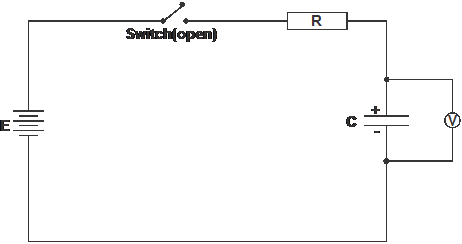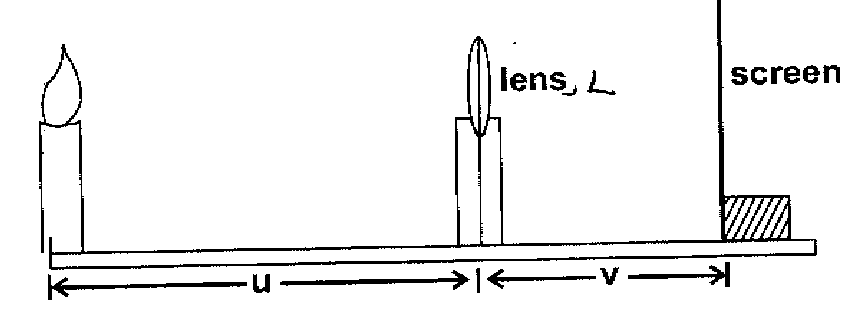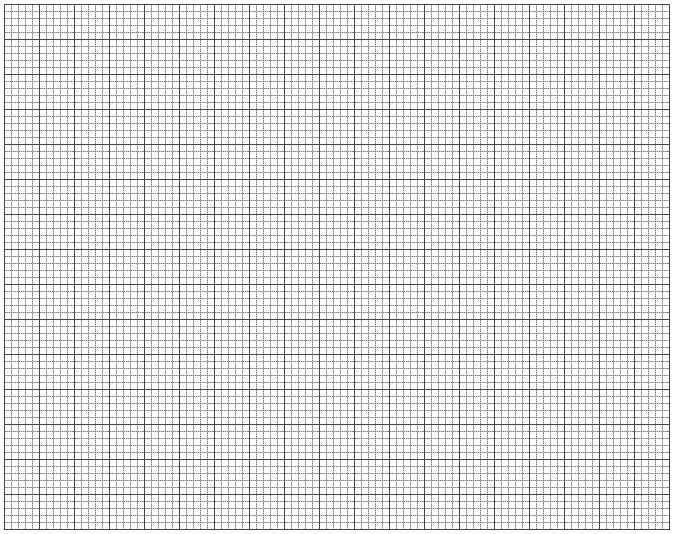PHYSICS PAPER 3 - 2019 LAINAKU JOINT MOCK EVALUATION EXAMINATION
Get the complete PHYSICS PAPER 3 - 2019 LAINAKU JOINT MOCK EVALUATION EXAMINATION PDF on WhatsApp by tapping on the button
- PART A
You are provided with the following:- a voltmeter (0 – 5V)
- a carbon resistor labelled R
- Two new size D dry cells
- cells holder
- a capacitor labelled C (2200µF)
- a stopwatch
- eight connecting wires at least four of which have crocodile clips
- a switch
Proceed as follows :- Draw a circuit diagramhaving a switch, voltmeter, two dry cells and connecting wires that can be used to determine the Emf of the cells provided. (1mk)
- Use the above circuit to determine theEmfof the cells
Emf =................................................................V(1mk)
- Connect the circuit as shown in figure 1 below.

- Close the switch and note the maximum voltage attained on the voltmeter. Record it as Vmax
Vmax=.......................................................... V (1 mark) - Open the switch and simultaneously start your stopwatch and note the time taken for the voltmeter reading to decrease from V max to 0.2V. record this value in table 1 below. Short the terminals of the capacitor C to attain a reading of zero volts on the voltmeter.
- Repeat procedure iii and iv for the other values of the voltage indicated in table 1
determine the resistance R of the resistor given that t =70/11CR. Where t is the time at which V=0.5V and C is the capacitance of the capacitor. 3mksVoltage, V (volts)
0.2
0.5
0.8
1.0
1.5
1.8
Time (t)(s) taken for voltage to decrease from V maxto V
- PART B
You are provided with:- A complete stand
- A stop watch
- A light string
- A pendulum bob or a 50g mass
- A metre rule or a half metre rule
Proceed as follows:- Set up the apparatus as shown in the figure below
- Displace the bob slightly at a small angle from the vertical line and record the time taken 20 oscillations in the table below. Repeat the for two more trials
Find the average time for 20 oscillations 1 ½ mksTrials
Trial 1
Trial 2
Trial 3
Time for 20 oscillations
- Calculate the average periodic time Tav2mks
- Given that Tav=2π find the value of g 3mks
- PART C
You are provided with the following:-- A biconvex lens.
- A lens holder.
- A screen.
- A meter rule.
- A candle
- A cross wire
Proceed as follows:- Set up the apparatus as shown in the figure below.

NB: THE CROSS WIRE PROVIDED MUST BE PLACED JUST INFRONT OF THE CANDLE TO ACT AS THE OBJECT - Place a lit candle and a cross wire at a distance U = 20cm from the len
- Adjust the position of the screen until a sharp image of the cross wire is focused on the screen. Record d in the table 2.
- Repeat part (b) and (c) for other values shown in table 2 and complete the table. (8mks)
determine the slope S of the graph (3mks)Plot a graph of 1/m against U. (5mks)U(cm)
20
25
30
35
40
45
D (cm)
V=D-U(cm)
1/m =u/v
- given that 1/f=1/v +1/u, use the graph to determine the focal length of the lens4mks

- Set up the apparatus as shown in the figure below.
MARKING SCHEME
|
1. i)a b) i v vi i v
d e f g |
QUESTION ONE PART A Emf………………..3.0V ±0.1 correct to 1 dp V max..................................2.5 V±0.1correct to 1 dp
Correct substitution 1mk Correct evaluation 1mk Correct answer within 1000±50Ω with correct units 4sf 1mk NB ½ MARK FOR NO UNITS, NO MARK FOR WRONG UNIT PART B
Answers within 29.94 ±3s 1/2mk for the principle of averaging 1 mk for correct answer using the learners values NB ½ MARK FOR NO UNITS, NO MARK FOR WRONG UNIT Tav =answer in vi above ÷20 1mk correct substation 1mk correct answer NB ½ MARK FOR NO UNITS, NO MARK FOR WRONG UNIT Correct substitution 1mk Correct evaluation 1mk Correct answer 1mk QUESTION 2
Axis (1mk) both well labeled with units Scale (1mk) simple and uniform Plotting (2mks) each correctly plotted point within 1 small square ½ a mark a maximum of 4 pts Curve ( 1mk) a smooth curve through at least four correctly plotted pts Change in y 1 mk Change in x 1 mk Correct evaluation with correct units 1mk NB ½ MARK FOR NO UNITS, NO MARK FOR WRONG UNIT Rearranging 1/f =1/v+1/u to u/v=u/f-1 (1mk) Identifying that slope =1/f (1mk) Correct evaluation 1mk Answer with correct units 1mk within 15±2 cm NB ½ MARK FOR NO UNITS, NO MARK FOR WRONG UNIT |
1 mk 1mk 1mk 6 mks each correct value 1mk ±3.0 s Correct to 2dp 3mks 1½mks 2dp a must 1 ½mks 2mks 3mks 20MKS (1mk) for each correct value (1mk) for all correct values (1mk) for all correct values 8 mks 5mks 3mks 4mks 20mks |